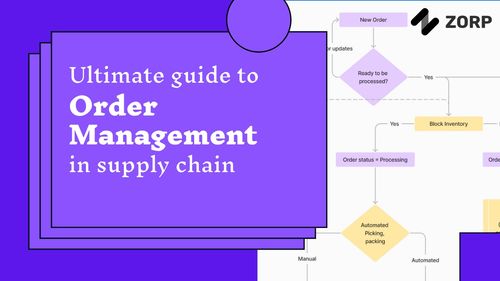As the world increasingly embraces electric vehicles (EVs), charging station networks also grow in tandem, but this ubiquity comes with the necessity to comply with specific standards and regulations. Both software and hardware elements of an EV charging station need to remain compliant, a topic we will explore in depth in this article.
The essence of compliance in the EV charging station network revolves around ensuring the software adheres to regulatory requirements, which are set to protect stakeholders along the supply chain. These requirements will often comprise safety standards, interoperability guarantees, and reliability metrics.
The emergence of smart grids has transformed the EV landscape. Statistics by IEEE (The Institute of Electrical and Electronics Engineers) indicate smart grids can help reduce energy use by 4% globally, a testament to the crucial role they play in the EV charging station infrastructure.
A critical component of these grids is the IEC 61850 standard. This rule, prescribed by the International Electrotechnical Commission (IEC), streamlines communication protocols in electrical substations and charging stations.
Interoperability is the capability of devices and systems from different manufacturers to interact seamlessly. For the EV charging environment, interoperability ensures a user can recharge their EV at any charging station, regardless of the car or charging station make.
The universal application of this interoperability lies in the use of the Open Charge Point Protocol (OCPP). According to the OCPP Compliance and Interoperability Tools (OCPP CIT), there has been a surge in uptake of OCPP compliance to nearly 86% of new EV chargers. This protocol paves the way for open standards amongst differing EV charging systems, thus making EV charging more accessible and user-friendly.
Accountability in EV charging station software is a crucial aspect that ensures the software's reliability and the accuracy of its outputs.
To achieve this, certainly, the use of UL (Underwriters Laboratories) Certifications comes into play. UL 2231 for instance, offers compliance guidelines on personnel protection systems for EV supply circuits. This lays the groundwork for safety and reliability within the EV infrastructure.
In summary, navigating compliance in EV charging station software encompasses understanding various standards and interoperability regulations. This includes the IEC 61850 standard and the Open Charge Point Protocol. UL certifications also contribute significantly to ensuring person and equipment safety.
By integrating these guidelines into their practices, companies contributing to EV infrastructure, like ZORP, can enhance their overall efficiency and productivity. ZORP's unique platform provides businesses the opportunity to manage these processes efficiently and keep an eye on their overall performance.
Dive into the future of sustainable transportation: Exploring the Variety: Types of EV Charging Stations.
Frequently Asked Questions
Why is compliance important in EV charging station software?
What is the role of Smart Grids in EV Charging Station compliance?
What is the significance of interoperability in EV charging stations?
What is the Open Charge Point Protocol (OCPP)?
Why are UL Certifications critical for EV charging station software?

With ZORP's cutting-edge platform, navigating the complex landscape of EV charging station software compliance becomes seamless and efficient.


